Phison Enterprise SSDs at FMS 2024: Pascari Branding and Accelerating AI
by Ganesh T S on August 15, 2024 12:00 PM EST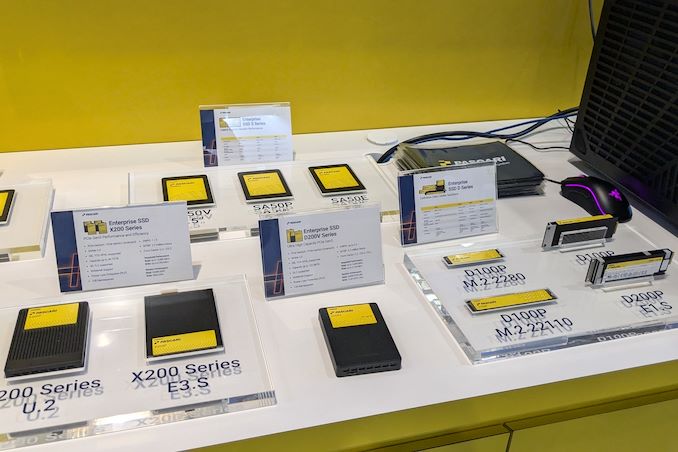
At FMS 2024, Phison devoted significant booth space to their enterprise / datacenter SSD and PCIe retimer solutions, in addition to their consumer products. As a controller / silicon vendor, Phison had historically been working with drive partners to bring their solutions to the market. On the enterprise side, their tie-up with Seagate for the X1 series (and the subsequent Nytro-branded enterprise SSDs) is quite well-known. Seagate supplied the requirements list and had a say in the final firmware before qualifying the drives themselves for their datacenter customers. Such qualification involves a significant resource investment that is possible only by large companies (ruling out most of the tier-two consumer SSD vendors).
Phison had demonstrated the Gen 5 X2 platform at last year's FMS as a continuation of the X1. However, with Seagate focusing on its HAMR ramp, and also fighting other battles, Phison decided to go ahead with the qualification process for the X2 process themselves. In the bigger scheme of things, Phison also realized that the white-labeling approach to enterprise SSDs was not going to work out in the long run. As a result, the Pascari brand was born (ostensibly to make Phison's enterprise SSDs more accessible to end consumers).
Under the Pascari brand, Phison has different lineups targeting different use-cases: from high-performance enterprise drives in the X series to boot drives in the B series. The AI series comes in variants supporting up to 100 DWPD (more on that in the aiDAPTIVE+ subsection below).
The D200V Gen 5 took pole position in the displayed drives, thanks to its leading 61.44 TB capacity point (a 122.88 TB drive is also being planned under the same line). The use of QLC in this capacity-focused line brings down the sustained sequential write speeds to 2.1 GBps, but these are meant for read-heavy workloads.
The X200, on the other hand, is a Gen 5 eTLC drive boasting up to 8.7 GBps sequential writes. It comes in read-centric (1 DWPD) and mixed workload variants (3 DWPD) in capacities up to 30.72 TB. The X100 eTLC drive is an evolution of the X1 / Seagate Nytro 5050 platform, albeit with newer NAND and larger capacities.
These drives come with all the usual enterprise features including power-loss protection, and FIPS certifiability. Though Phison didn't advertise this specifically, newer NVMe features like flexible data placement should become part of the firmware features in the future.
100 GBps with Dual HighPoint Rocket 1608 Cards and Phison E26 SSDs
Though not strictly an enterprise demo, Phison did have a station showing 100 GBps+ sequential reads and writes using a normal desktop workstation. The trick was installing two HighPoint Rocket 1608A add-in cards (each with eight M.2 slots) and placing the 16 M.2 drives in a RAID 0 configuration.
HighPoint Technology and Phison have been working together to qualify E26-based drives for this use-case, and we will be seeing more on this in a later review.
aiDAPTIV+ Pro Suite for AI Training
One of the more interesting demonstrations in Phison's booth was the aiDAPTIV+ Pro suite. At last year's FMS, Phison had demonstrated a 40 DWPD SSD for use with Chia (thankfully, that fad has faded). The company has been working on the extreme endurance aspect and moved it up to 60 DWPD (which is standard for the SLC-based cache drives from Micron and Solidigm).
At FMS 2024, the company took this SSD and added a middleware layer on top to ensure that workloads remain more sequential in nature. This drives up the endurance rating to 100 DWPD. Now, this middleware layer is actually part of their AI training suite targeting small business and medium enterprises who do not have the budget for a full-fledged DGX workstation, or for on-premises fine-tuning.
Re-training models by using these AI SSDs as an extension of the GPU VRAM can deliver significant TCO benefits for these companies, as the costly AI training-specific GPUs can be replaced with a set of relatively low-cost off-the-shelf RTX GPUs. This middleware comes with licensing aspects that are essentially tied to the purchase of the AI-series SSDs (that come with Gen 4 x4 interfaces currently in either U.2 or M.2 form-factors). The use of SSDs as a caching layer can enable fine-tuning of models with a very large number of parameters using a minimal number of GPUs (not having to use them primarily for their HBM capacity).



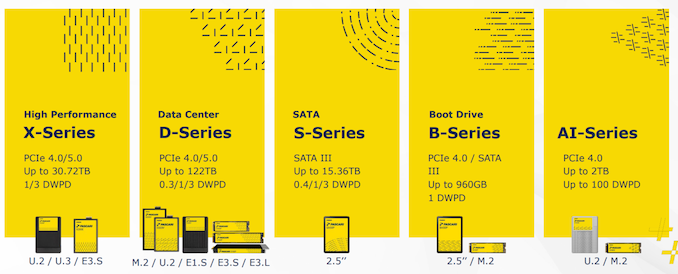
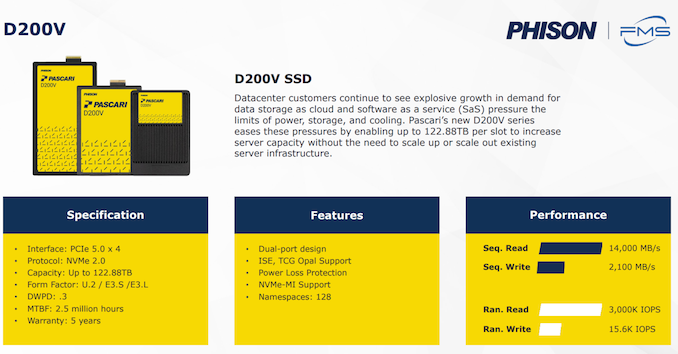
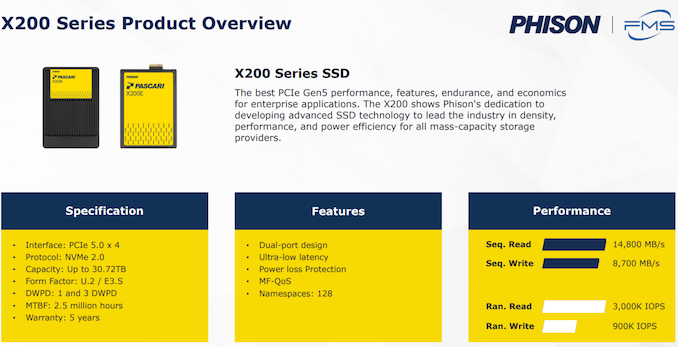
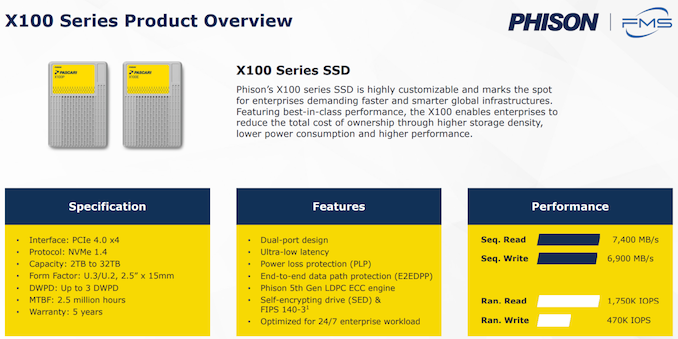
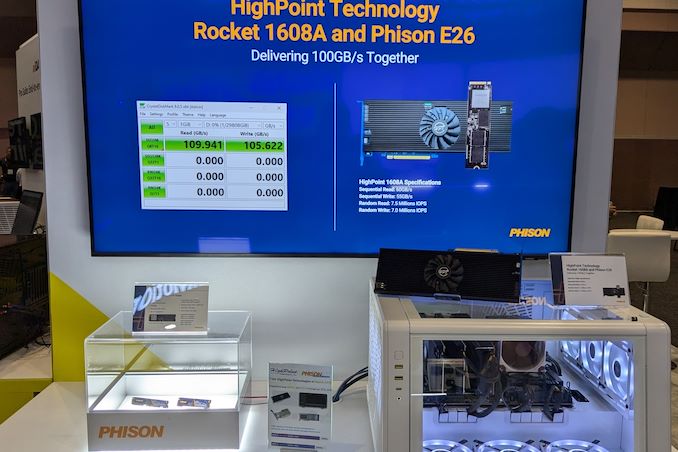
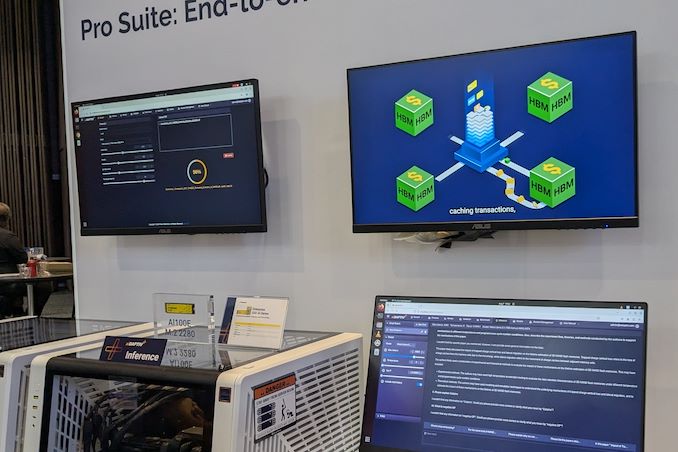
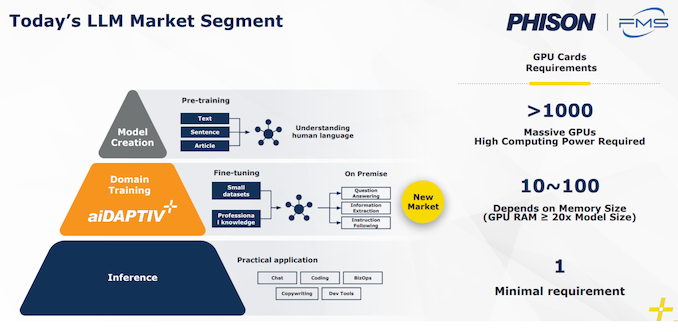
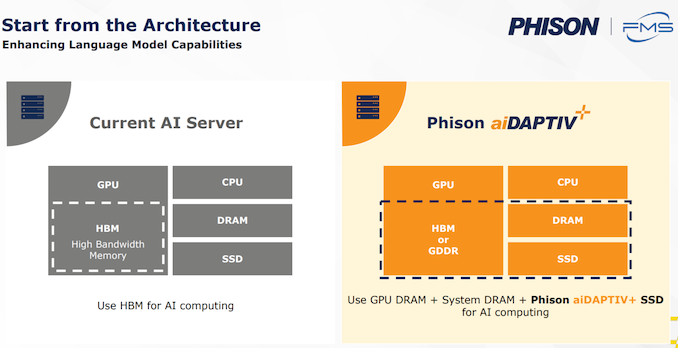
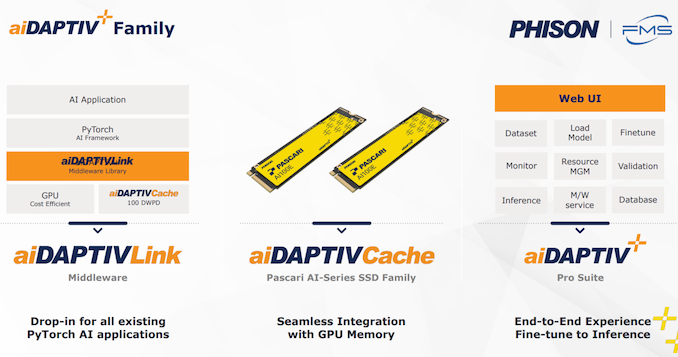
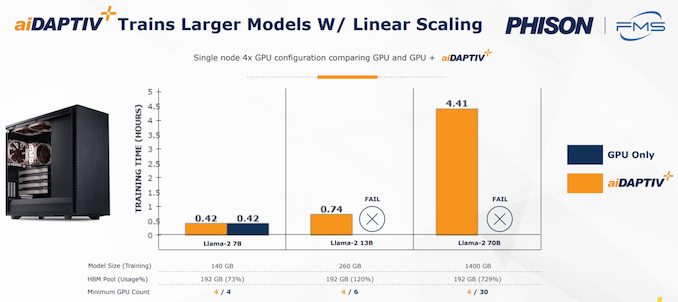








0 Comments
View All Comments